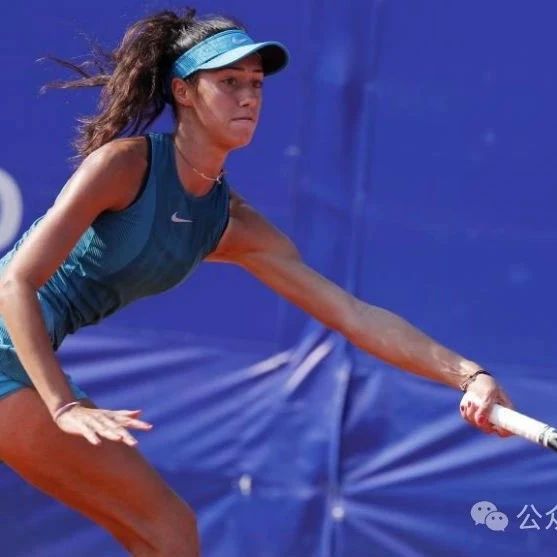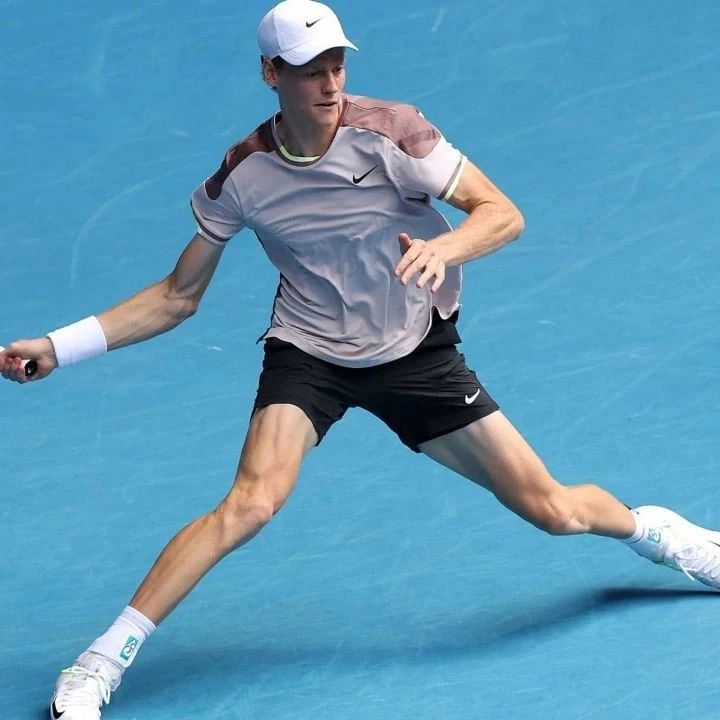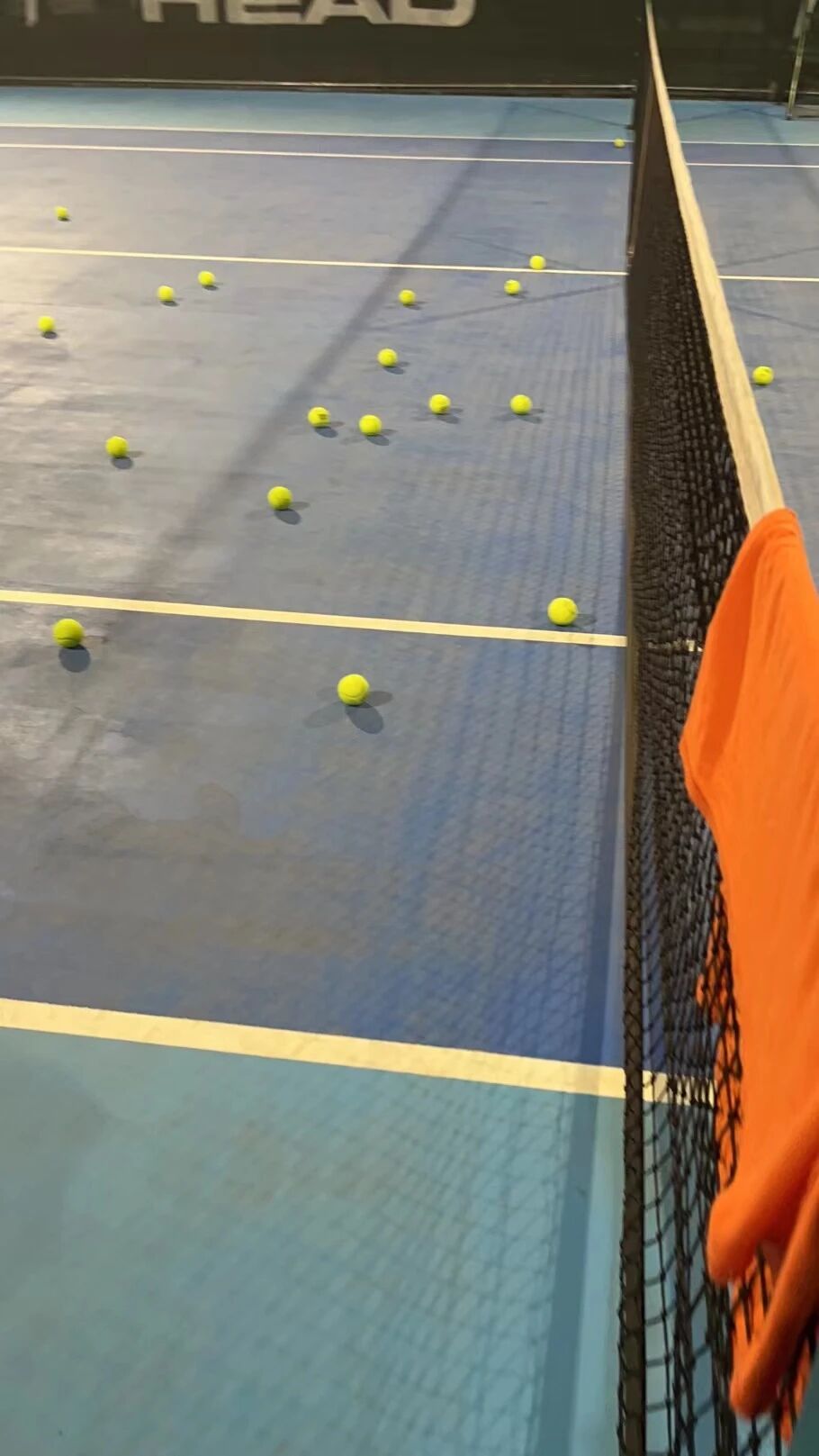Coach's Self-Cultivation: When the Tennis Tough Guy Meets Yoga
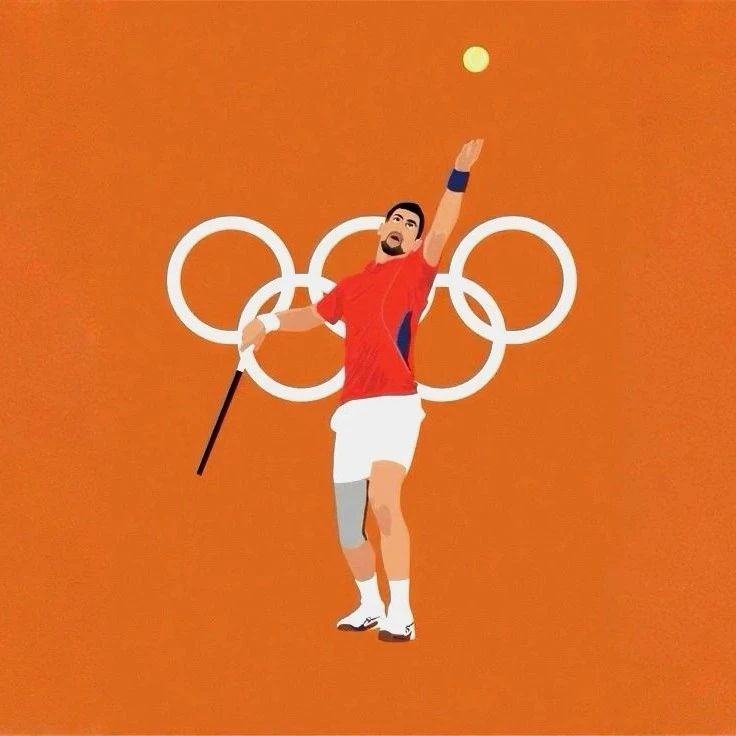
01
Writing Context
The aristocratic nature of tennis is built over time.
Every tennis enthusiast knows the true value of time. For adults looking to maintain their level, it’s essential to carve out time outside work and family commitments—saying no to unnecessary social obligations, making sacrifices in leisure activities, and staying disciplined with consistent training.
Despite having very limited time for tennis, the author has consistently dedicated half a day each week to learning yoga-based rehabilitation since the beginning of this year.
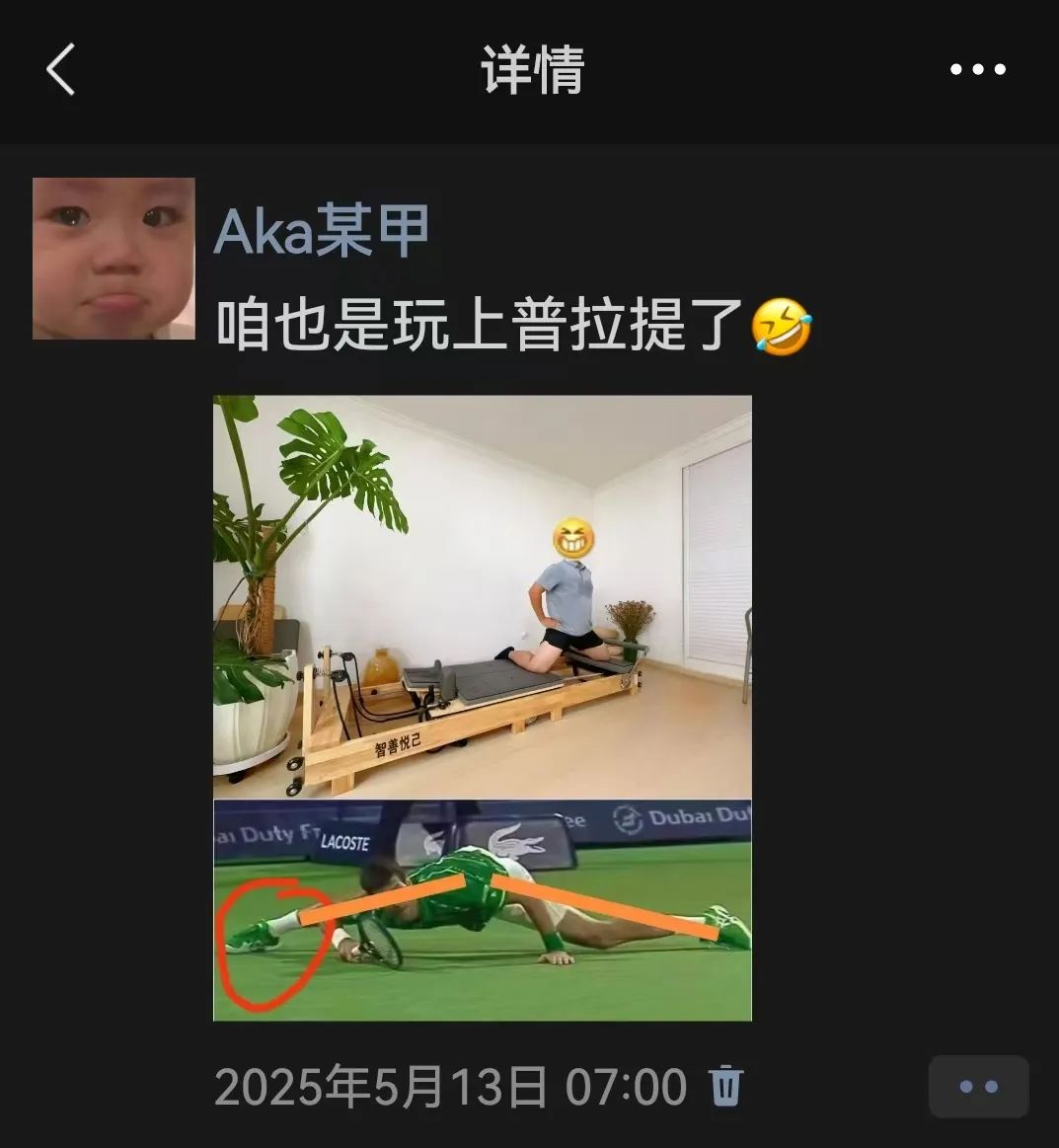
The author's daily yoga routine
Looking back from the hillside in August, these past few months have brought me far more than just a physical transformation—through consistent yoga practice, I’ve not only regained my body’s functionality and shifted my breathing patterns, leading to noticeable improvements in my tennis technique—but at a deeper level, this journey has also refined my approach to training and deepened my teaching mindset.
This article follows the logical flow of "addressing pain points—enhancing performance—cultivating inner strength," sharing the author's personal experiences and insights to show that investing time in yoga-based rehabilitation for body maintenance could very well be a worthwhile investment for tennis players.
02
Addressing pain points
The human body has an incredibly strong ability to adapt to pain—unless the pain becomes unbearable. Most people, including the author, don’t actively look for solutions when experiencing minor physical discomfort.
As my tennis skills continue to improve and match competition grows increasingly intense, I often experience a mild pain in my right foot the day after matches—but my desire for technical breakthroughs has made me temporarily ignore this issue.
Earlier this year, I found myself in a relentless training regime—after five intense tennis sessions each week, the pain in the soles of my feet finally became too severe to ignore. My noticeably shortened gait on my right leg made it painfully clear: this was no longer a problem I could overcome with sheer willpower—it was time to seek professional help.
Driven by the desire to alleviate foot pain, the author was referred by a colleague to Teacher ChunChun for yoga-based rehabilitation.
In the first phase of the rehabilitation program, the instructor first performed a professional treatment targeting the fascial adhesions in my right leg, which effectively relieved the acute symptoms of plantar fasciitis.
However, what makes Teacher Chunchun stand out is that she doesn’t stop at merely eliminating the symptoms—instead, during the process, she keenly points out: "Foot pain is just an external manifestation; the real root lies in long-term postural issues that have accumulated over time."
After a more detailed postural assessment, she identified that both my standing and sitting postures showed significant deviations in the gravitational line. Combined with issues like limited flexibility and muscle strength imbalances, this has created a vicious cycle. She emphasized that only through systematic corrective training—focused on restoring proper joint alignment and rebalancing muscles—can we address the root of the problem once and for all.
This problem-solving approach, rooted in first principles, is the key reason I chose to collaborate with her long-term—because as a tennis coach, I deeply understand that the real art of training diagnosis lies not in spotting surface-level issues, but in uncovering the underlying logic driving those challenges. Ultimately, whether teaching involves identifying differences or pinpointing the root causes tests every coach’s professional expertise.
Just like in tennis forehand instruction, students can easily spot their own technical issues—such as "early left-hand drop," "too-fast follow-through," and "premature body rotation"—by comparing themselves to online videos. While most coaches typically focus only on correcting these surface-level problems, exceptional instructors go deeper to identify the root cause: students fail to engage their core muscles, preventing them from developing the proper rotational mechanics.
After several weeks of refining our sessions, we’ve gradually developed an efficient training approach: Each 90-minute yoga rehabilitation class is scientifically divided into two key segments. Teacher Chunchun dedicates at least 60 minutes to addressing fundamental issues—rebuilding arch support through systematic exercises, correcting lower-limb alignment, and optimizing breathing patterns, among other core functions. The remaining time is then focused on targeted interventions for my immediate symptoms, such as reducing tendon inflammation, releasing tight muscles, and eliminating trigger points—specifically tailored to tackle these localized concerns.
Only amateur players who have truly experienced sports injuries understand that the challenges they bring go far beyond limited mobility—they seep into everyday life, affecting productivity at work and even reshaping one’s outlook on life.
The value of yoga-based rehabilitation lies precisely in two key dimensions: At the short-term intervention level, it effectively addresses minor injuries promptly, preventing small issues from escalating into chronic, persistent conditions. Meanwhile, in the long-term development phase, it fosters systemic postural adjustments that restore balance to the body’s functions—enabling fitness enthusiasts to not only enjoy the thrill of athletic competition but also maintain optimal health over time.
This dual protection mechanism is exactly the kind of sports safety that amateur athletes need most.
03
Improve performance
Yoga rehabilitation classes aim to restore the body’s original capabilities, featuring relatively basic postures. Yet, if learners can truly master and integrate this knowledge, they’ll unlock incredible energy during their practice. After all, as the saying goes—“The foundation determines the height”—and Da Vinci’s famous lesson of drawing eggs continues to play out daily on the tennis court.
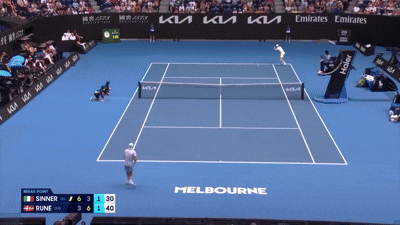
Sinner and Rune's extended baseline rallies
In the fourth round of this year's Australian Open men's singles, Sinner and Rune delivered a stunning 37-shot rally that captivated the crowd. Beyond their exceptional technique, what drew even more attention was Sinner’s deliberate recovery between points—he consciously keeps his spine extended while taking deep, controlled breaths.
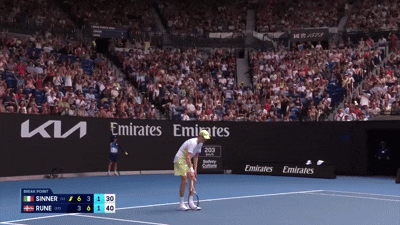
At 0.5x speed, Sinner adjusts his breathing.
(Tighten your core, keeping your spine extended)
In Grand Slam matches, there’s only a 25-second gap between points—how players manage to quickly regulate their breathing and lower their heart rate in such a short time reflects their profound understanding of physical control. By practicing deep breaths while maintaining spinal extension, they not only optimize the alignment of the "chest-abdomen-pelvis" three chambers, creating more efficient space for oxygen exchange, but also leverage core stabilization to enhance respiratory efficiency and ensure sustained energy delivery during high-intensity play.
In contrast, before the author underwent yoga-based rehabilitation, he often experienced "running out of breath" during competitions. Although he consciously tried to increase his breathing rate, this shallow, shoulder-driven breathing not only failed to help but also disrupted the rhythm for the next point.
After prolonged training in my breathing patterns, I’ve gradually mastered the technique of deep, diaphragmatic breathing while maintaining a neutral body position. During matches, when faced with long, continuous rallies, I’m now able to approach each point with greater composure and confidence—thanks to those once seemingly monotonous repetitions of inhaling and exhaling, which have now become second nature. As a result, my breath rhythm has seamlessly synchronized with my swing, creating a perfect athletic synergy between mind, body, and movement.
In addition, yoga-based rehabilitation enhances athletic performance through several key technical details: improving dorsiflexion of the foot optimizes explosive power during the initial stride, while strengthening the adductor muscle group significantly boosts stability in the swing motion.
These practices underscore a profound truth: systematically integrating yoga-based rehabilitation principles into tennis training, though requiring long-term commitment, demonstrates at every stage how foundational fitness training truly delivers lasting value.
04
Inner Cultivation
Through this period of learning yoga-based rehabilitation, I’ve deeply reflected on the shortcomings in my own tennis coaching approach. Compared to a yoga studio, the open space of a tennis court naturally seems to reduce the frequency of interaction between coach and student. This environmental difference easily traps me in the "blind spot"—where I base various training expectations on my own abilities, often overlooking my students’ true feelings and real challenges.
Experiencing yoga class as a student was a wake-up call for me: teaching can’t be done solely from the instructor’s perspective—instead, we need to enhance communication and approach the training content from the students’ point of view. Take breathing exercises, for instance—what seems like a simple movement can actually be surprisingly challenging. Only by practicing together while openly communicating and promptly sharing feedback on the sensation of effort can we achieve maximum training effectiveness.
This shift in roles has reminded me to return to my original teaching philosophy of "putting the learner first"—after all, at the heart of sports training lies the mutual growth and success between coaches and athletes.
